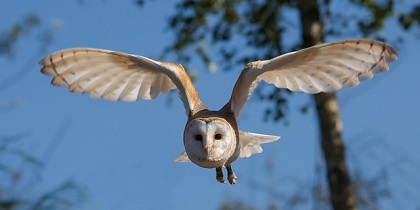Living Planet
Nature · Earth · ClimateNATURE NOTES: MARCH 2024
A 'SCENTS' OF SPRING
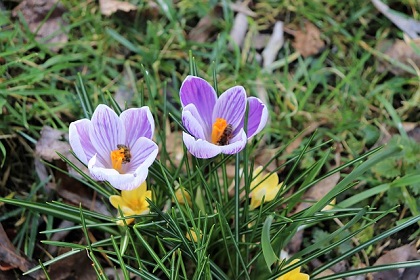
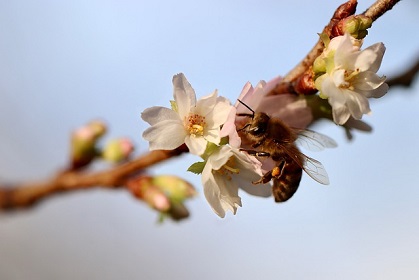
February highlights: Molten gold fingers of floodwater at dawn; soft lilac crocuses coaxed from cosy brown leaves by smiles of sunshine; last year's woodpecker, or maybe a well-trained offspring, this year drilling on the telephone 'black box' outside our church to steal that distinctive edge over his rivals; bright orange/yellow Jelly-brain fungus strung on scattered twigs on footpaths on dark days; growing green fronds of bluebell plants in the woods; a male dotted border moth attracted to the door sill of the car; 'buzzing' cherry blossom; fresh clean air after the rains; brighter mornings filled with birdsong.
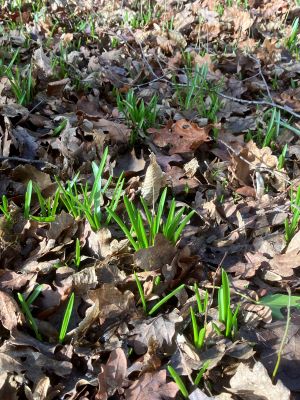
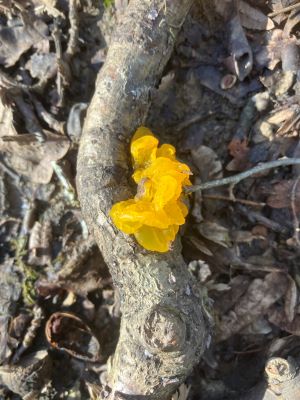
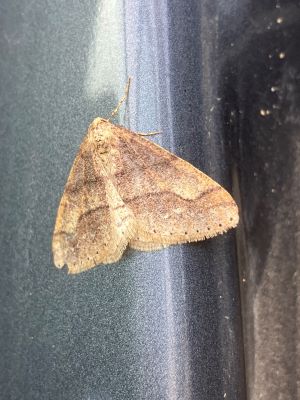
Lowlights: The Copernicus Climate Change Service, announcing global warming has exceeded 1.5C across one year; unseasonable temperatures, 16C mid-month, bringing bumble bees out of hibernation early; lifeless bodies of half squished toads, some riding piggy-back, en route to their breeding ponds; a squirrel frantically relocating its kit as more trees/hedgerows/scrubland in and around the village were cleared; exposed insects, birds, amphibians and mammals in urgent need of new resting and nesting sites; our local wildlife hospital announcing over 400 wildlife casualties over the past year, caused by pets.
Key messages: a) Let nature be. b) "Keep dogs in sight and on leads at all times and cats indoors at night", says the wildlife hospital and especially now with so much defenceless new life currently being born. c) Enjoy the changing season and being outdoors. If you notice a 'spring' in your step on 20th March, it's the Spring Equinox and your energy levels could be rising with the sap!
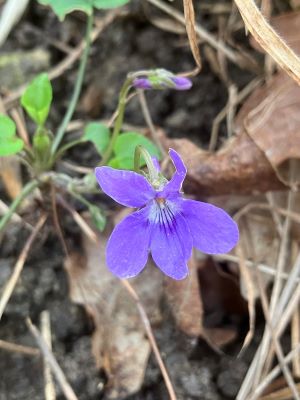
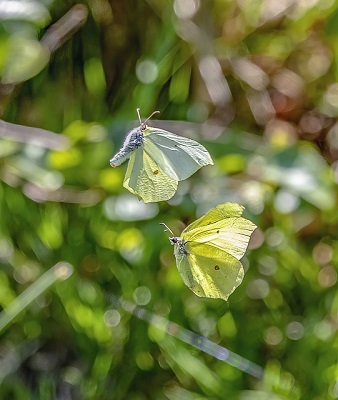
What to see/hear/smell in March: nests in hedges; wild violets at your feet; snakes and lizards basking in the sun; butter-yellow male and paler/greener female brimstone butterflies on the south side of sheltered hedgerows warming their thorax muscles enough to power their wings; clumpier frogspawn in ponds and ditches; boxing hares on the South Downs, a cycle ride away along the Downs Link; the first of our migratory birds returning including the mellifluous Blackcap, dubbed 'The March Nightingale'; wild garlic by our streams.
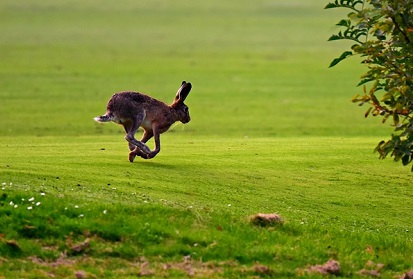
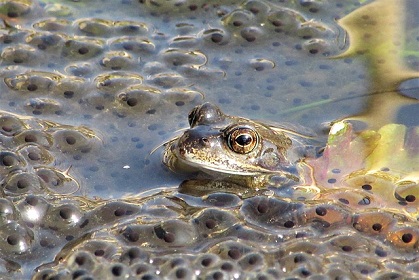
More likely to see/hear: Song-thrushes serenading; male sallow catkins (pussy willow) luring insects; over-wintering peacock butterflies busily feeding after their rest; more yellow 'sunshine' flowers - daffodils, lesser celandine, marsh marigold, cowslip, dandelions and coltsfoot; the sweet scent of blossom, hyacinths and Daphne wafting around the village on the breeze; barn owls hunting during lighter evening walks (the clocks go forward on 31st March).
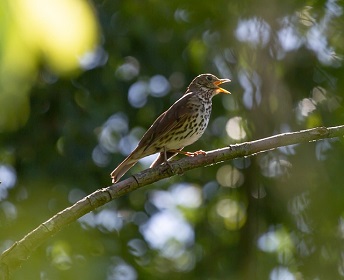
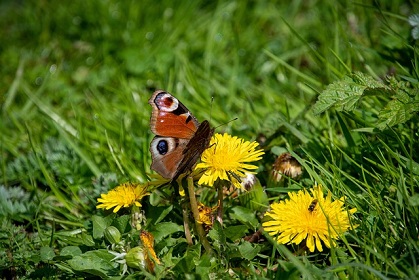
What you can do this month:
Grab your smartphone, take a photo of a Bumble Bee on a flower and participate in RHS and Bumblebee Conservation Trusts' 'Bumbles on Blooms' - a nationwide project to help them.
Boost butterfly numbers and attract them into your garden by growing caterpillar food. Keep existing nettles, ivy, holy, and bramble and consider planting a mixture of Birds Foot Trefoil, Foxglove, Garlic Mustard, Honesty, Lady's Smock, Marjoram, Nasturtium and Red Clover. Give them a good watering in and see what happens!
